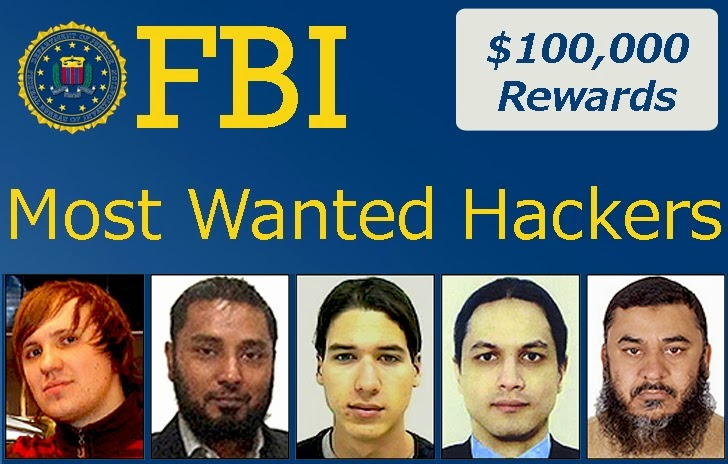The toxic truth about vitamin supplements: How health pills
millions take with barely a second thought can do more harm than good
GLUCOSAMINE
WHAT IT IS: The supplement, which is made from crab and
lobster shells (so should be avoided if you have a seafood allergy), is often
taken to ease the symptoms of arthritis.
POTENTIAL SIDE-EFFECTS: According to the Arthritis Research
Campaign, these can include stomach upset, constipation, diarrhoea, headache
and rash; glucosamine can also react with anti-diabetic treatments by
increasing blood sugar levels.
The UK Commission on Human Medicines has noted that
glucosamine has a negative interaction with the blood-thinning drug warfarin
and warns against taking these substances simultaneously.
The supplement might also cause water retention, as it
attracts water.
KELP
WHAT IT IS: This supplement is made from a seaweed which is
the fastest-growing marine algae in the world - it can grow two feet in one day
and is most abundant off the north California coast.
Kelp is a rich source of several minerals and trace
elements, including iodine - deficiency of which can lead to an underactive
thyroid. It is marketed as a treatment for thyroid imbalance, caused by the
thyroid gland producing either too much or too little of the hormone.
POTENTIAL SIDE-EFFECTS: Despite the claims made for it,
studies have linked kelp to an increased risk of thyroid dysfunction. It's also
a blood thinner and shouldn't be taken with aspirin or any medicine to lower
blood pressure.
There's also concern that some kelp is being harvested from
kelp 'forests' in polluted oceans, which means it could be toxic. In 2007,
research at the University of California found high levels of arsenic in eight
out of nine kelp supplements. Arsenic is linked to hair loss, headaches,
confusion and drowsiness.
POTASSIUM
WHAT IT IS: Maintaining an adequate potassium level is
important for bone health and the proper functioning of the body. Potassium
supplements are often taken to help combat insulin resistance, arthritis and
menopausal symptoms such as fatigue and mood swings.
POTENTIAL SIDE-EFFECTS: Taken in very high doses as a
supplement, potassium can have serious side-effects such as arrhythmia (faulty
heartbeat) - and it can even be fatal.
Research at Oregon State University has also linked it to
muscle weakness, confusion, stomach pain and numbness or tingling in the hands,
feet or mouth.
Potassium supplements react badly with some medicines, and
shouldn't be taken by anyone suffering from kidney or heart disease, severe
dehydration or high blood pressure.
Older people who often have too much potassium in their
bodies should avoid these supplements - kidneys are less efficient at
eliminating potassium as we age.
MELATONIN
WHAT IT IS: Natural melatonin is a hormone made by the
pineal gland in the brain and helps to regulate sleep.
Supplements can control our sleep/ wake cycles and are used
to treat sleep disorders. British manufacturers make medical claims about its
sleep benefits, so here it is licensed as a prescription- only medicine -
however it is freely available in the
U.S. POTENTIAL SIDE-EFFECTS: These include raised blood pressure,
vivid dreams, headache, lower body temperature, fatigue, depression, decreased
libido and reduced fertility.
A daily dose of 1- 3 mg of melatonin increases the body's
levels of melatonin by 20 times the normal amount. The British Pharmaceutical Society
says that studies on its effectiveness to treat jet-lag have been conflicting.
CALCIUM
WHAT IT IS: Calcium is an essential mineral for the growth
and maintenance of healthy bones and teeth and for blood clotting, muscle
contraction, healthy nerves and good hormone function. It is usually taken by
women to boost bone health.
POTENTIAL SIDE-EFFECTS: Research published last month by
Auckland and Aberdeen universities reflected other studies in finding a 30 per
cent increased risk of heart attack among women taking calcium supplements -
most women taking them are postmenopausal and concerned about osteoporosis.
This increase is due to the risk of calcium supplements
accelerating the hardening of blood vessels. Doctors involved with a 2008 New
Zealand study advise women of 70 or older not to take calcium supplements.



















